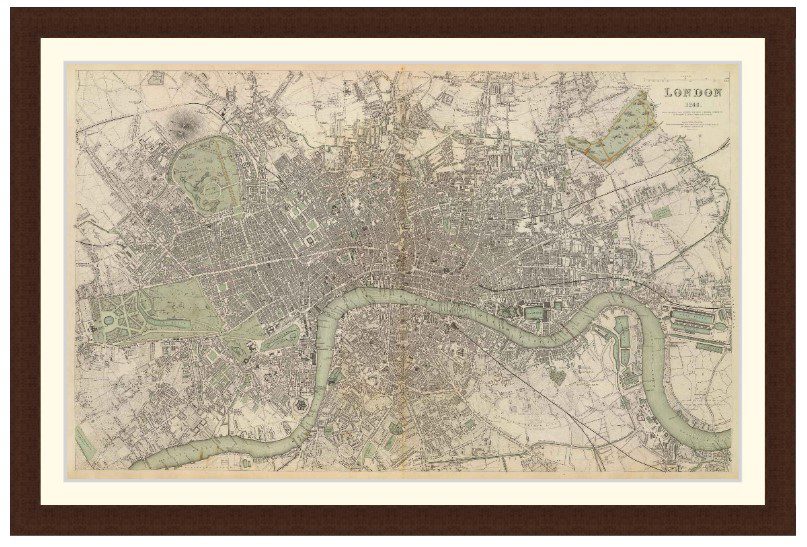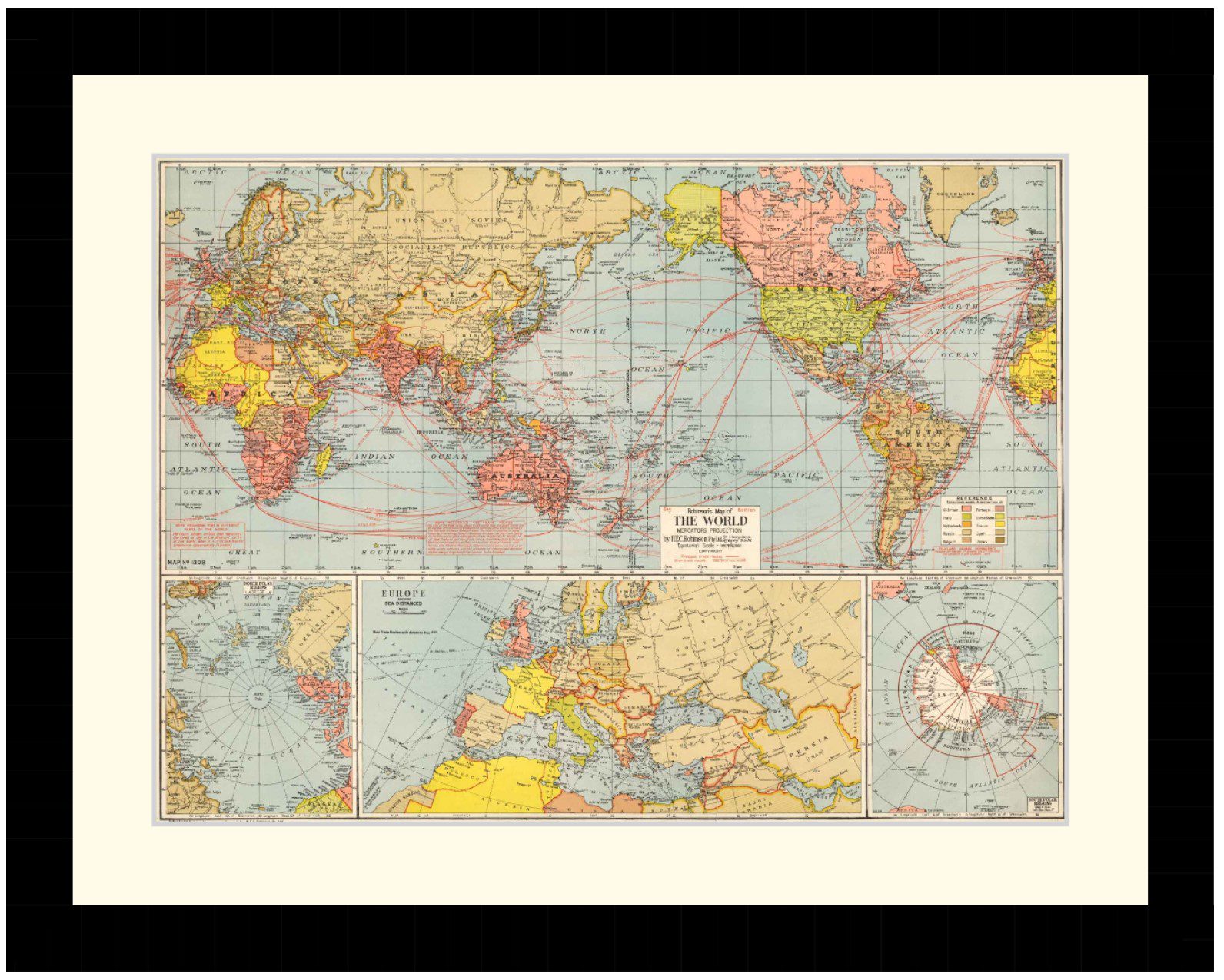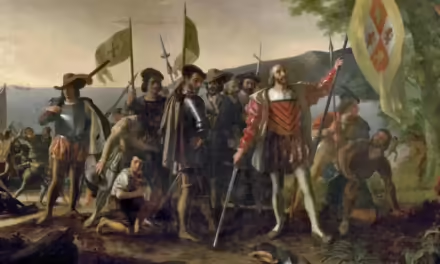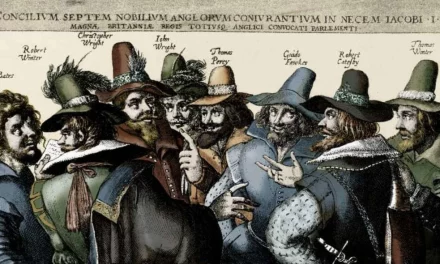Reading time: 5 minutes
If there’s one thing the ancient Romans are famous for, its their roads. The empire was criss-crossed with them, mainly to quickly shuttle the legions about, but they also facilitated trade. We know this network survived the collapse of the empire, but could it influence the European economy to this day?
By Fergus O’Sullivan
This is exactly the question researchers at the University of Gothenburg in Sweden ask themselves in their paper Roman roads to prosperity: Persistence and non-persistence of public infrastructure. To answer it, the team superimposed a map of the Roman road network onto other maps, both modern and not so modern, to see if any patterns emerged.
However, before we get to that, it may be a good idea to look at the Roman road network, which spread out across Europe, the Middle East, and North Africa in a spiderweb. Rome was in the center and, as the saying goes, all the roads eventually led there.

As the researchers note, the main purpose of this network was not to facilitate trade, but to make sure the military could move quickly from place to place, as well as communicate rapidly using messengers on horseback. Increased commerce was a byproduct of the roads, no more.
As first the Roman Republic and then the empire grew, more and more links were laid with other parts of the world. Towns that were well situated on the network naturally became more attractive for trade, which helped them grow. Still, even in more peaceful parts of the empire, roads were rarely, if ever, laid with the purpose of connecting two towns for the use of the inhabitants. The purpose was always to move troops about.
Imperial collapse
As the Romans’ empire collapsed, though, their roads stayed in use, and the researchers found a direct correlation between the density of the network and the number and prosperity of settlements in any area. Without a continent-wide military to move around, though, the purpose of these roads became economic, and were maintained by their new caretakers in that capacity.
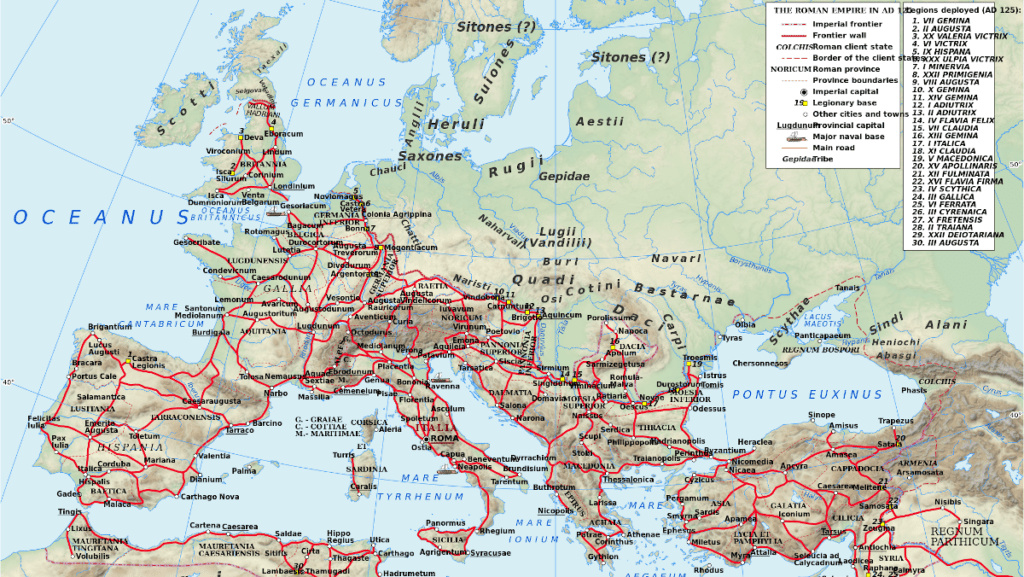
For that reason, it seems reasonable to expect that areas with less economic activity would see the roads fall into disrepair, or if economic activity took a different form. In the paper, the researchers point out that the North African and Middle Eastern road networks fell apart even though there was plenty of economic activity. This was likely due to people there abandoning wheel-based transport (which needs roads to function) in favour of camel-based caravans.
This seems plausible, though it begs the question why people in these areas would use camels rather than roads. Did they switch because the roads were going bad, or another reason? Or was it a combination of factors?
Also interesting would be to find out how the road network in Europe developed when taking major waterways into account. As important as roads were, in large parts of Europe the main trade routes ran on rivers and along coastlines. Though some of these areas, like Denmark and the Netherlands, were never part of the empire and thus had no roads, the way these two types of network interacted would be extremely interesting.
Modern times
It stands to reason that the effect that the roads had could still be felt in the medieval period, but the researchers also claim it’s something that shapes our world until today. If the Roman road networks were particularly dense in a certain area, we’ll likely see a lot of infrastructure and thus economic activity there even now.
The researchers contend that this can be traced back to the rise of medieval market towns, and even claim you can see where the Roman limes, the border, lay based on economic activity. Because the roads were vital to the economy of these regions, they were maintained across the centuries, and business will flock to where there already is infrastructure present.
As a result, you could claim that the Romans laid the foundation for European prosperity when they traced their roads. Without them, maybe there would be less activity, which would not have made the continent as wealthy as it was in the middle ages and continuing until now.
This is interesting in and of itself, but even more fascinating is that the Romans inadvertently may have also decided where would be the most prosperous areas. Northern Italy springs to mind, as do the areas south of the Rhine, the unofficial border between Romans and barbarians. While there are exceptions (the Lowlands and their maritime trade), it remains an intriguing thought that when discussing the wealth of Italy or Germany, you could be indirectly praising the Romans for their roads.
Articles you may also like

First Battle of El Alamein: Australia Holds the Line
Reading time: 9 minutes
The North African campaigns of WW2 were two years of back and forth action across Libya and Egypt, with offensives, counteroffensives and sieges throughout and Australians in the thick of it. When the end eventually came to this seesaw action at El Alamein in 1942, again it was Australians who held the day; in this article we’ll see this pivotal battle through their eyes.
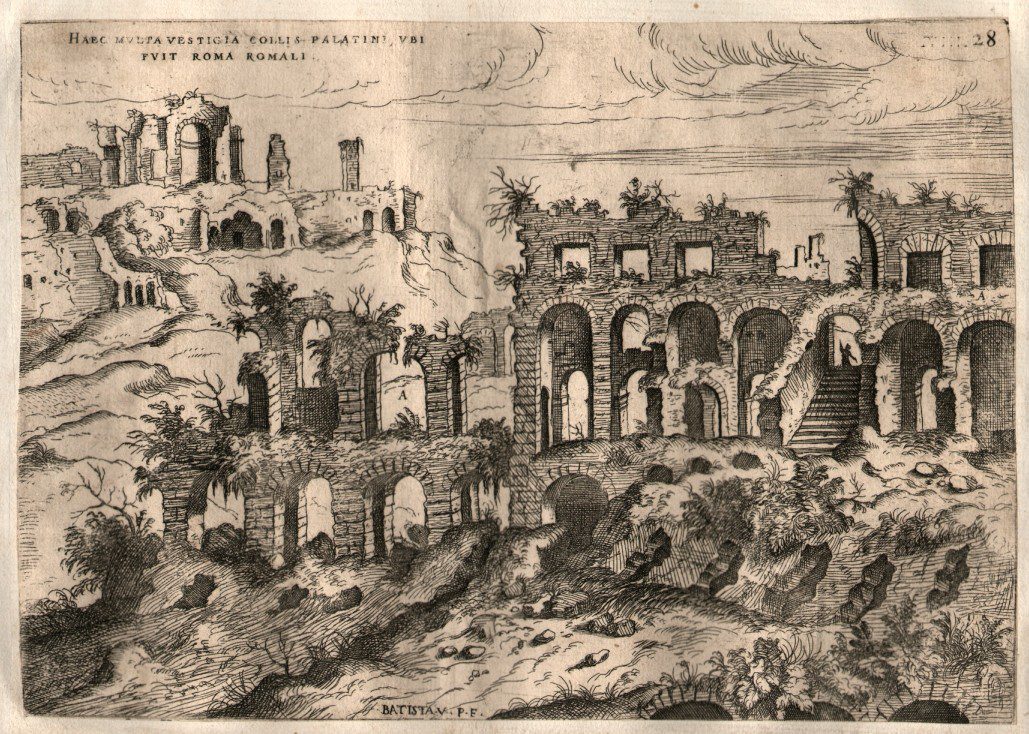
General History Quiz 175
1. How long has Rome been continuously occupied?
Try the full 10 question quiz.
The text of this article was commissioned by History Guild as part of our work to improve historical literacy. If you would like to reproduce it please get in touch via this form.



